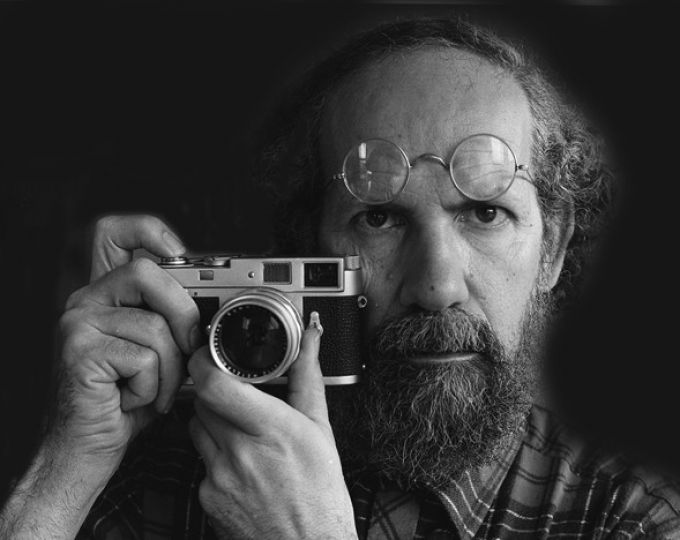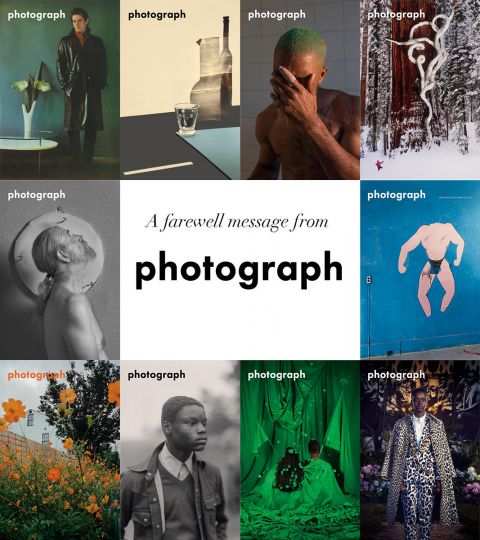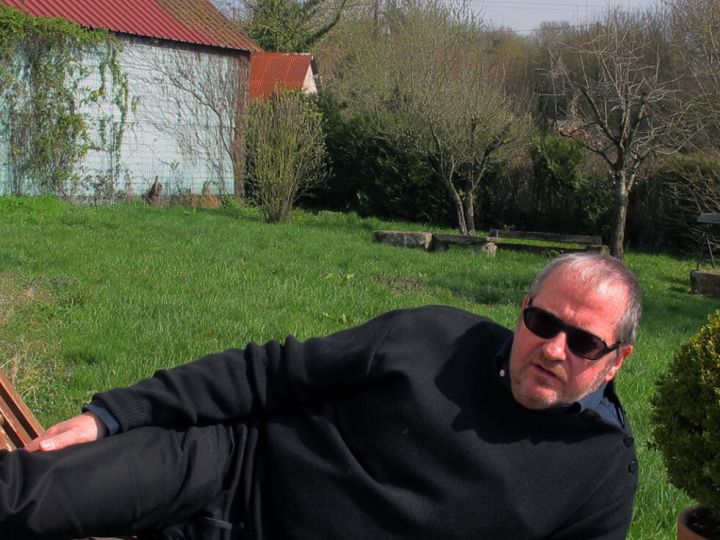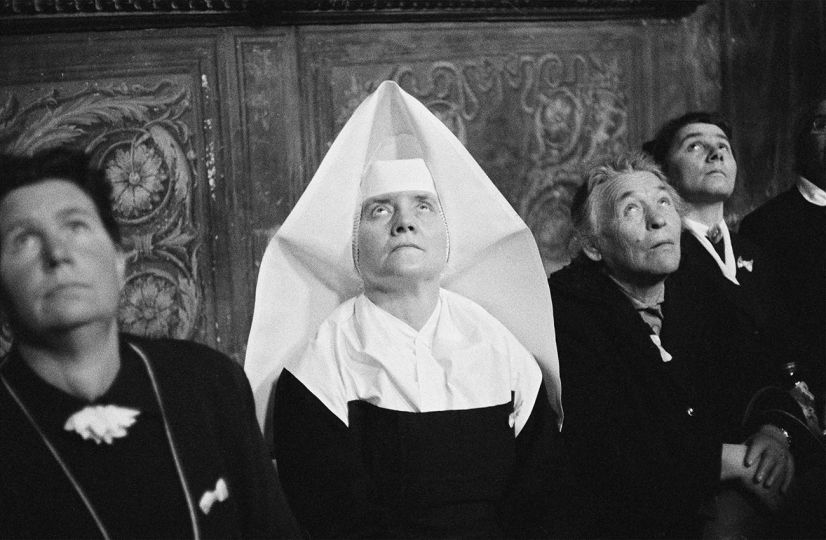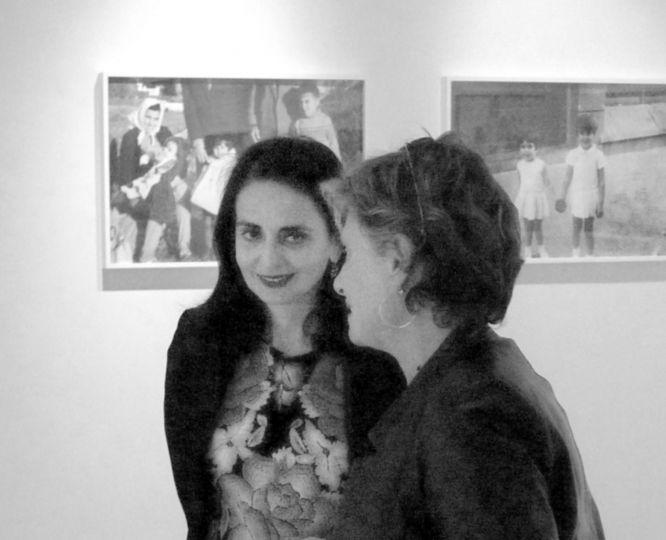It is 3 o’clock in the afternoon on September 11, 2001. I had just ordered an espresso and the check as we finished lunch. The closing for Match ended three hours ago.
My phone vibrated on the table…it was my senior editor, Guillaume Clavières, calling me…
“An airplane just crashed into the Twin Towers,” he said.
“An airplane? What kind?”
“We don’t know, it just came over the AFP wire.”
“I’m on my way.”
Fifteen minutes on a motorbike and one Gitane cigarette later, I returned to find the magazine staff glued to the television sets.
Marc Brincourt greeted me saying “Shit Didier, another one crashed into Tower Two.”
Guillaume and Marc had already called the agencies to get things rolling, as well as our New York based reporter, Romain Clergeat. Romain was unreachable, and Jean-Jacques Naudet was very worried about his two sons who were preparing a documentary about New York’s local firemen downtown. He had no news.
I sat in front of the television. Fascinated, hypnotized by the unending flow of pictures. It seemed like I was watching a big budget Hollywood movie…
When our Editor in Chief, Alain Genestar, entered the room, I knew it wasn’t a movie. “ Did, we have to close the magazine by midnight at the latest. When do you think you can be ready?”
“Around, uh, 7 or 8pm…” (in fact, I made up my answer, I was still in spectator mode, not Director of Photography mode.)
“Keep me posted.”
I was amazed by his calm and serenity. It was reassuring. I really had to wake up.
Michel Chicheportiche, head salesman at SIPA press, helped me come back to reality. He was the first visitor on this historic afternoon.
A photo series captured my eye. I slipped it into the folder “Cover Possibilities”. Chiche left and suddenly I realized that about one dozen agency salesmen were lined up in the hallway.
My old friend, anxiety, welled up in my stomach the same way it had throughout my 30 years of breaking news at Match. The second salesman showed me pictures similar to the ones I just optioned a few minutes earlier… not as good, but I couldn’t let them go to the competition. I decided to talk to Alain Genestar.
“Look Alain, I bought this one, do you think I should block the second?”
After a long silence, he answered:
“The Sipa series has a possible cover, but the other is so similar, pay for both… you are going to be confronted with the same problem all afternoon, we will lose too much time if you keep asking me for approval, and I won’t always be available. Do whatever you think is best…” and he added, “our meeting will be at 7pm, we have 48 pages to finish… you take care of the pictures.”
It was the first time since Michel Sola’s departure in 1996 and Roger Therond’s retirement in 1999 that I had that kind of responsibility.
The knot in my stomach doubled.
When I returned to the photo department, I saw Guillaume and Marc completely overwhelmed. They announced that our one and only FTP had just crashed. Hundreds of pictures would remain invisible for several days.
I must admit today, I hadn’t yet realized how important digital photography, internet, and transmission systems had become. We were in the 21st century and I had clearly remained in the 20th. I plead guilty…
Salesmen were coming at an increasingly rapid pace. Michel Chiche and François Caron must have made at least 15 trips from their agencies to Match between 4pm and just after midnight. I was only looking at the pictures, ignoring if they were taken by professionals or amateurs. Suddenly, I saw a picture that intrigued me. In one of the high blown out levels of one of the towers, I saw what appeared to be silhouettes… I asked for an enlargement… they were indeed men and women, stuck, terrified, hoping for a miracle. Many of them would jump. Throughout the afternoon, I hadn’t thought about them once. I tried to put myself in their place. For the second time, I came out of the movie and watched television between two agency visits.
When the first tower fell, then the second one half hour later, a deafening silence overwhelmed the newsroom.
We still had no news of Romain Clergeat or the Naudet brothers.
At around 8pm, the staff meeting began in the Roger Thérond conference room. Roger had just left us forever two short months previous. I am certain that during that night, his spirit was with us.
Alain, along with Olivier Royant, his Managing Editor, and Guy Trillat, the Artistic Director, began looking through the photo files we had prepared. Alain quickly selected several possible cover pictures. He chose a few series’ that we had suggested, but also come up with other ideas by comparing various pictures on this gigantic table that, since 1994, had served as the first witness to the scoops and pictures that confirmed the notoriety of Match.
Guy Trillat drew some double page spread ideas on a piece of white paper, and noted them. Little by little, this rough draft of a “story board” came to life. Alain counted the double page spreads…we had too many. The hard part began. Against his will, he eliminated several double pages, and condensed a few other pictures on different pages. It was now Guy Trillat’s turn.
Guy returned to his kingdom, the layout department. 3 hours and several angry bursts later, 48 pages covered the layout wall and told the story of this tragedy that welcomed the new century.
Under the direction of Alain Genestar, his team: Olivier, Guy, senior editors Gilles Martin Chauffier and Anne-Marie Corre, Guillaume, Marc, and the young generation at the photo department, Patrick Jarnoux, Marion Maertens, Catherine Tabouis at the news desk, all incredibly managed to obtain witnesses and first hand comments about the chaos and hell of New York. Michel Maïquez and his joyous group of layout artists, the New York office, the rewriters, Pierre Reynes and his copy editors, the stenographs, the delivery men, Daniel Gillon and his sales team, the printers, all together, we managed to pull together what would have so impressed Roger Thérond.
On Wednesday, September 12 at 1pm, the first issues were on the newsstands in Paris, and throughout France on Thursday morning.
Results ; 1 600 000 copies sold.
This issue is one of the ten greatest sales since the 1949 creation of Paris Match.
PS 1: Romain Clergeat barely escaped perishing after the towers fell. Jules and Gedeon Naudet also escaped unscathed and made a documentary about the city’s firemen.
PS 2: We spent 2,5 million French francs buying pictures for the two historic issues about September 11 (the second issue sold over 1.4 million copies). A colleague at a local magazine accused me of buying anything and everything. For his magazine, the pictures are pure illustration, for Match, the pictures are survival.
Sorry, but we don’t play by the same rules.
PS 3: Five years after having left the magazine, where I spent nearly 40 years, I still miss it terribly…
Didier Rapaud








